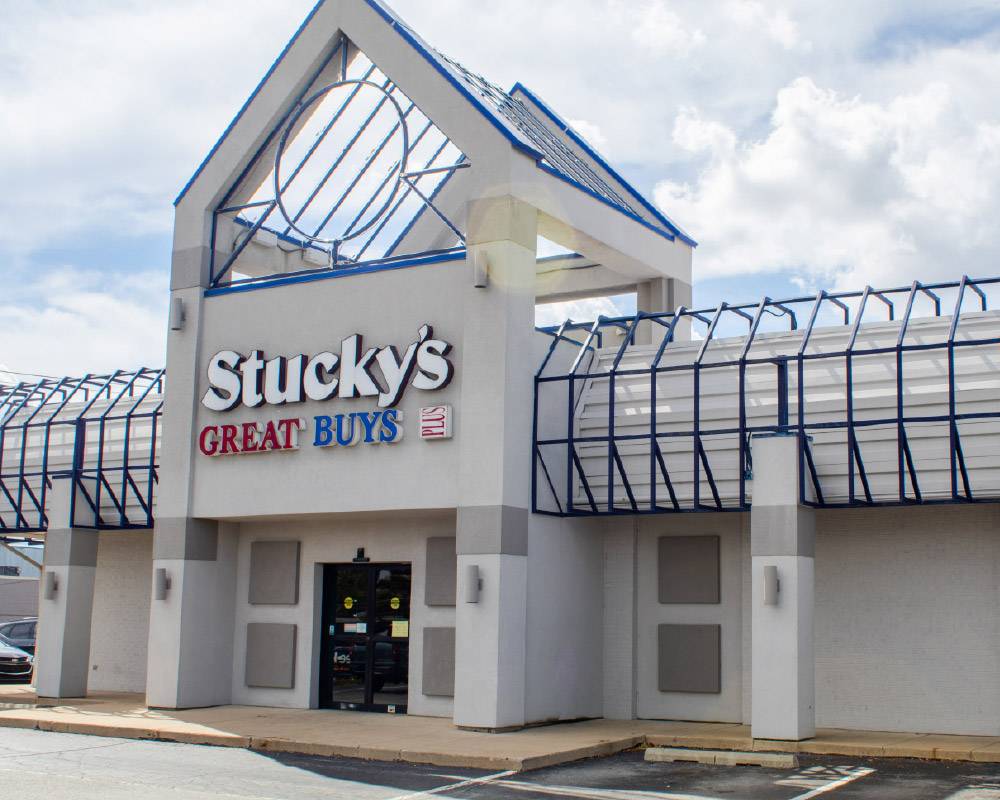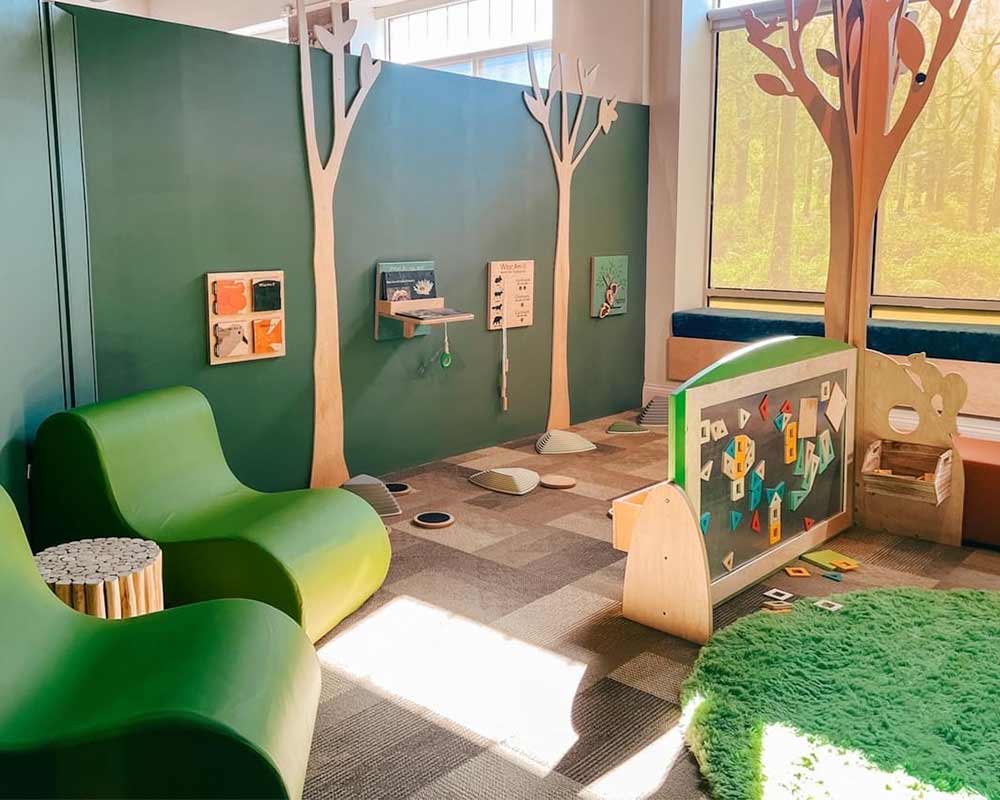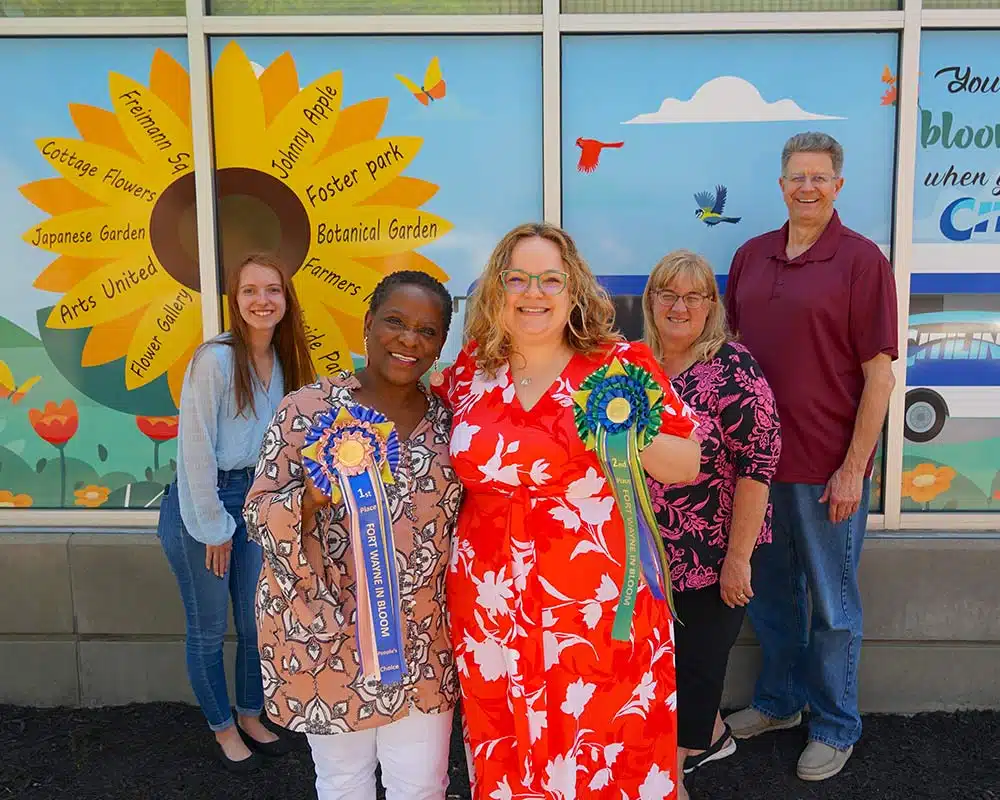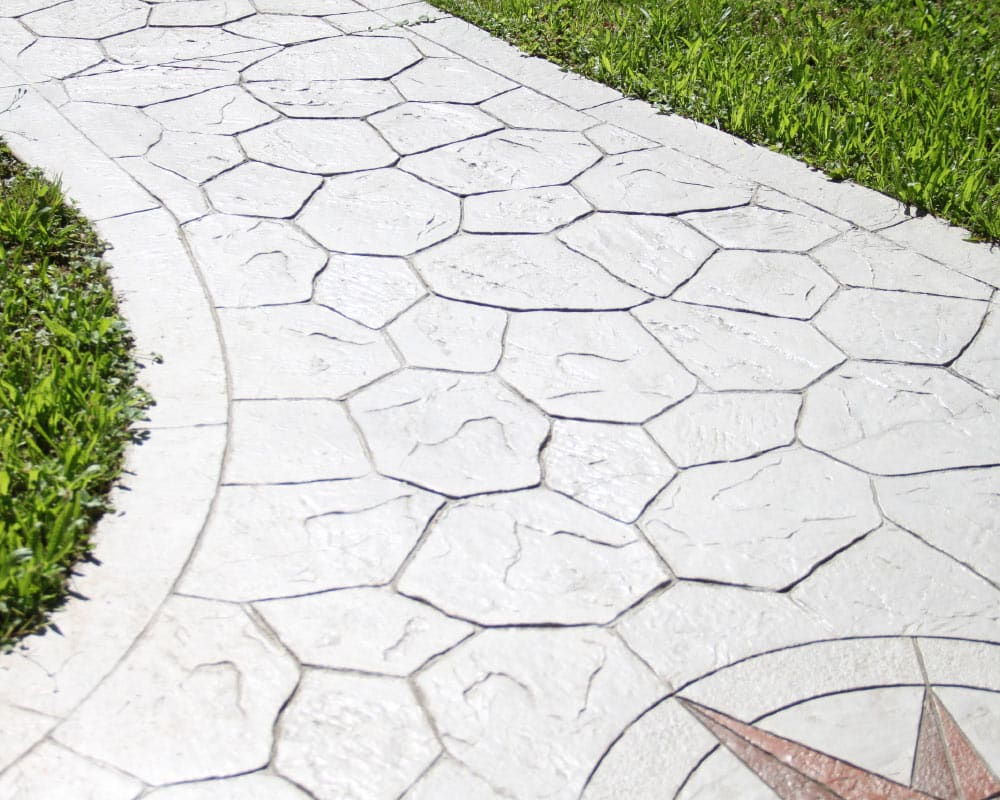Whether you’re a green-thumb gardener or you just want a pop of color on your front porch, it’s fun to discover the “latest and greatest” cultivars in the world of plants. It’s also good to know which plants you can count on to thrive reliably in the Fort Wayne region.
Plenty of good gardening information exists online, including at the Allen County Purdue Extension Service, extension.purdue.edu/county/allen/. To get specific questions answered in person, however, it’s hard to beat the experts at locally owned garden centers. They offer information you won’t find at big-box chain competitors. It’s a good idea to bring along photos of your yard and to note the sunlight and moisture patterns of the spaces you intend to plant.
“We see our role as educating people about plants as well as selling them plants,” says Calvin Golden, assistant manager at The Plant Center, 9431 US-24, Fort Wayne.
Golden has some favorite annuals, perennials and shrubs that he’s eager to tell customers about this year.
“Every year, the plant developers introduce new varieties with features people want, whether that means new colors, new sizes, or fixing problems that a plant might have, such as making stems sturdier so blooms won’t flop over,” he explains.
He likes some newer cultivars of an old favorite – hydrangea shrubs.
“Little Lime Punch is bred to thrive in part-sun to full sun and won’t get larger than 4 by 4 cubic square feet,” says Golden. “Its cone-shaped blooms change color from the bottom up in an array of white, light pink and Hawaiian Punch red.
“We also like Wee Bit Giddy and Wee Bit Grumpy dwarf hydrangeas, which won’t take up more than 3 by 3 cubic square feet of space at maturity and thrive in part-shade,” he says. “Giddy is bright fuschia red and Grumpy is deep blue-purple. Both have nice, compact shapes and are less leggy than some older varieties.”
Among his other favorite shrubs are boxwoods, spirea and viburnum, all reliable growers in our region.
“Boxwoods can be trimmed into hedges, globes or other shapes and have glossy leaves that go from yellow-green to dark green over the course of the season,” says Golden.
Spirea is an attractive, no-fuss shrub that boasts pink, red or white blooms and comes in a variety of foliage colors, from red-golds to blue-greens. It keeps a neat shape without pruning and attracts pollinators like butterflies.
Likewise, viburnum attracts pollinators and offers three seasons of interest with its attractive blooms and berries.
“The Korean Spice viburnum has pretty blooms that smell nice and it also produces berries. In autumn, the foliage turns shades of red or orange,” says Golden.
While many shrubs are easy to grow, care should be taken to get them off to a healthy start.
“It’s important to keep new shrubs and trees well-watered the first few years until they grow strong enough root systems to pull water from the ground,” advises Golden.
Other dependable perennial plants Golden favors – perennial means they come back each year – are hostas, coral bells, catmint, coneflowers and black-eyed-Susans. The latter two are cousins in the aster family and native to our region. Newer varieties offer more colors, bigger blooms, sturdier stems and mildew resistance.
“Coneflowers are good for our ecosystem since pollinators love them,” says Golden. “Today they come in a crazy amount of colors.”
Catmint, a cousin of salvia, is an attractive and tough perennial plant with gray-green leaves and pretty purple spikes of blooms. It tolerates the clayish soil of our region well and can fill in spaces nicely to choke out weeds.
“Pollinators love it,” says Golden. “Our customers have had a lot of success with it.”
A longtime staple of shady Midwest backyards is the hosta, which boasts 70 species and more than 3,000 registered varieties, from dainty fairy garden cultivars to plants with a six-foot wingspan.
“One of the first to sell out here each spring is the Empress Wu hosta, which is massive and really looks spectacular, almost like a banana tree,” says Golden. Another favorite is the mid-sized Patriot hosta, which has white stripes that brighten up shady corners of the garden.
“Hostas are also easy to divide and replant, so they give you a lot of bang for your buck,” notes Golden.
Another shade-friendly perennial is the coral bell (heuchera). Each year, plant gurus introduce new foliage colors, from bronze, caramel, lime and gold to berry pinks and purples. Like hostas, CCandy coral bells prefer part-shade and are prized for their foliage as much as the pretty flower spikes they produce.
“These are great additions all season long and the caramel and bronze-toned coral bells look amazing in fall planters,” says Golden. “They’re a nice way to bring color into any area that’s too shady for bright annual plants to thrive.”
For pops of bright color that last all season long, gardeners turn to annuals, especially when filling pots and hanging baskets. They won’t survive winter cold, but they’ll bloom their hearts out spring to fall. Among Golden’s favorites are geraniums, xenias, petunias, impatiens and marigolds, all of which come in many varieties. Most annuals need full sun, although impatiens do best in just two to four hours of filtered sunlight daily.
“It’s hard to beat the geranium for bold color,” says Golden, who favors the Maverick, a vigorous grower with large blooms in red, orange, pink or white.
Zinnias also produce spectacular, bold color and are a favorite cutting flower for making bouquets.
“Marigolds are not only beautiful, but also release a scent that repels mosquitos and other pests,” says Golden. “I love their warm colors that are almost ombre-like.”
Think through your locations before you buy, to make a good match between a plant and its sunlight needs. And don’t cram a plant into space it will outgrow, advises Golden. Water plants as directed. Plants in containers dry out fastest and may need to be watered twice daily during very hot weather. Don’t plant cold-sensitive plants too early and don’t be afraid to ask questions before you buy.
“One of the real advantages to buying from a locally owned garden center like ours is that we have a passion for plants,” says Golden. “We provide guidance and experience and love helping our customers. We also carry the highest quality of plants because we only buy from distributors with the best reputations.”
Learn more at PlantCenterNursery.com. ❚















